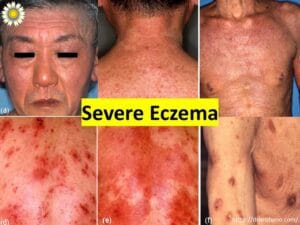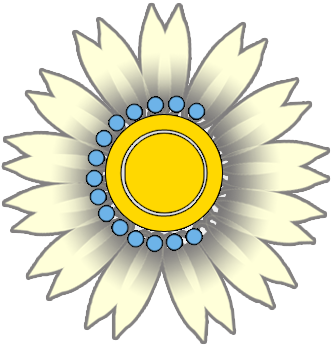Is There Poison Ivy in Malaysia? What You Need to Know About Poison Ivy-Like Rashes
Ever come back from a jungle trek in Malaysia and suddenly develop an itchy, blistering rash? Or maybe you’ve eaten something and noticed irritation around your mouth? You might have wondered—is there poison ivy in Malaysia?
The short answer? No, but we have plants that can cause the same painful reaction. And one of them might be in your kitchen right now.
Poison Ivy vs. Malaysia’s Toxic Plants

While poison ivy (Toxicodendron radicans) is well-known in North America, Malaysia has its own hidden threats. One of the most notorious is the rengas tree (Gluta renghas), found in forests across the country.
Like poison ivy, rengas trees contain urushiol, the toxic oil responsible for triggering red, itchy, blistering rashes. The tricky part? Symptoms don’t appear immediately—it takes 24-48 hours after exposure for the rash to develop. That’s why many people don’t realize what caused it!
If you spend time outdoors in Malaysia, be cautious of these plants that can cause similar reactions:
✔ Rengas trees (Gluta renghas) – A highly toxic tree found in tropical forests; even the smoke from burning its wood can cause rashes and breathing problems.
✔ Cashew trees (Anacardium occidentale) – The shells of raw cashew nuts contain urushiol, which is why cashews must be roasted before eating.
✔ Ginkgo trees (Ginkgo biloba) – The fruit pulp (not the nut) can cause skin irritation in some people.
But here’s the twist—you don’t even need to step into a jungle to be at risk. A common fruit could trigger a poison ivy-like reaction.
Can Eating Mangoes Trigger a Poison Ivy-Like Rash?

Imagine this: You bite into a juicy mango, enjoying the sweet tropical flavor… only to wake up the next day with an itchy, blistering rash around your lips.
Sounds bizarre, right? But if you’ve been exposed to plants containing urushiol, your immune system might already be sensitized to it. That means eating a mango with the peel on could cause a reaction similar to poison ivy.
Why does this happen?
Because mango peels contain urushiol—the same irritating compound found in rengas trees and poison ivy. The fruit itself is safe, but the peel and sap can be trouble for sensitive individuals.
[Click here: To find out more about Mango Skin induced Allergic Contact Dermatitis]
How to Protect Yourself from Urushiol Reactions in Malaysia

Since poison ivy isn’t found in Malaysia, many people don’t realize that local plants can still cause poison ivy-like rashes. Here’s how to stay safe:
🌿 Avoid touching unknown plants in the jungle—especially trees that ooze sap when cut.
🧤 Wear gloves if handling cashew nuts or any tree sap.
🚿 Wash your skin and clothes immediately if you think you’ve been exposed to urushiol.
🏥 Seek medical help if you develop a severe reaction, especially around the eyes or if the rash spreads widely.
News You Can Use
So, is there poison ivy in Malaysia? No, but rengas trees, cashew trees, and even mango peels can cause the same painful, itchy reaction. If you’ve ever had an unexplained rash after a jungle adventure—or even after eating a mango—urushiol could be the hidden culprit.
Ever experienced a mystery rash after eating something or touching a plant? Or do you suspect that you may have contact dermatitis to an allergen? Schedule a visit with the Allergy Immunology Clinic, we can help you get better.




